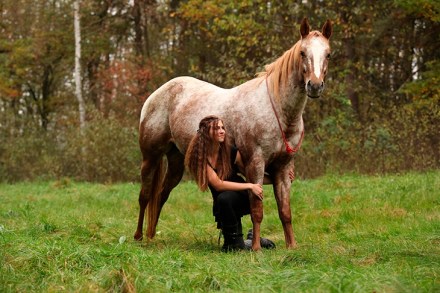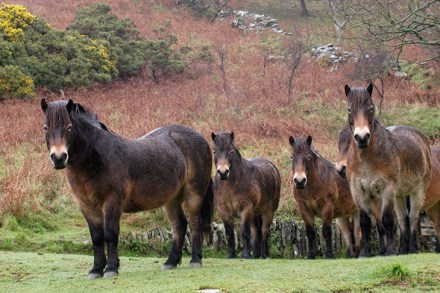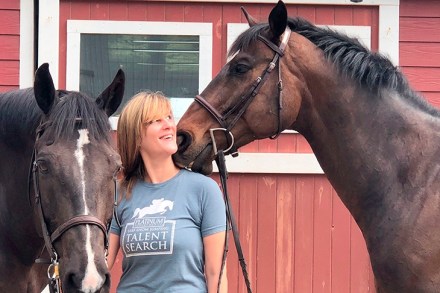The ugly truth about natural horsemanship
The rope riders came down the driveway slowly, their horses veering this way and that, side to side, forwards a few steps, then backwards nearly as many. It took them an hour to trespass from the bridleway that crosses the top of the drive and make their slow, dangerously shaky course between the paddocks full of horses until they made it to just opposite our smallholding, where their mounts gave up completely and just refused to take another step. There were four horses, but only one was wearing what I would call tack, as in a saddle and bridle. The other three, including a child’s pony being ridden by a




